After months of waiting, and deadlines missed, the contractor on an Edmonton bridge project is still waiting for Korean steel for the arches for a new structure.
The arches for the new $155 million bridge were originally planned to be put in place late last summer.
A revised timeline said the steel was supposed to arrive at the beginning of 2015, but crews still have yet to get their hands on it.
Officials anticipate it could take several more months before the building components arrive.
The 100-year-old Walterdale Bridge is reaching the end of its service life.
The new bridge will replace the old bridge, spanning the North Saskatchewan River to connect the intersection of Queen Elizabeth Park Road and Walterdale Hill on the river’s south side to the River Valley Road/Rossdale Road/105 Street intersection on the north side.
The steel pieces are fabricated and constructed by South Korea’s Daewoo International Corp., a company selected by the project’s lead contractor Acciona-Pacer Joint Venture.
Project manager for the city, Ryan Teplitsky, said despite the delay, the project is still following its schedule to open late this fall as other work to prepare for the arches moves ahead.
"It’s a very challenging project," noted Teplitsky, citing the iconic, unique design city officials and residents asked for.
"They wanted to have a signature bridge. It’s the most complicated bridge we have ever built in Edmonton."
However, the size and complexity of making a signature bridge has its cost.
He said that is the reason the steel is taking so long to finish. Teplitsky said Korean crews have put all the arch pieces together to ensure they fit well and to survey it during the trial assembly.
Back in Edmonton, crews are building and surveying the concrete portions that will connect to the steel and comparing that to the Korean survey to know that it will all bolt into place properly.
Teplitsky said having the measurements means crews can quickly bolt and weld the arches into place after the pieces arrive.
He added that the delays are not due to quality issues and noted that, like any other project in Canada, the city as well as the contractor, are following quality control programs and have employees in Korea overseeing the work.
"This is the heart of downtown. This is something that all Edmontonians will look at and be proud of," Teplitsky said.
The Canadian Institute of Steel Construction (CISC-ICCA) was critical of the contractor’s choice to use offshore steel suppliers.
But Tareq Ali, communications director for CISC-ICCA, said he could understand how the decision might be made.
The institute’s case studies show that initially quotes from offshore steel suppliers end up being 30 per cent less than Canadian quotes.
But then it looked at "total installed cost" or the cost incurred at the final completion of the project.
After possible delays, assembly and quality issues, Canadian steel ends up being 12 per cent cheaper.
"The way that steel comes over here in containers is very different than how we do it. They come over here Ikea-style, Canada does pre-assembled," Ali said.
He said that the institute is working to educate the industry about the hidden costs of buying offshore steel.
Representatives with Acciona-Pacer Joint Venture declined comment and referred the Journal of Commerce to the city.
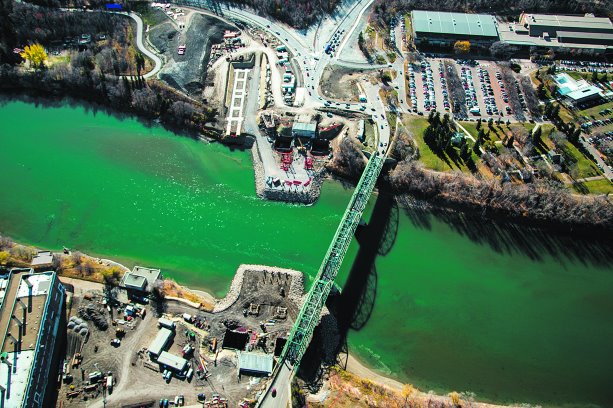
1/3
A new bridge is taking shape over the North Saskatchewan River in Edmonton, Alta.
Photo: Acciona-Pacer Joint Venture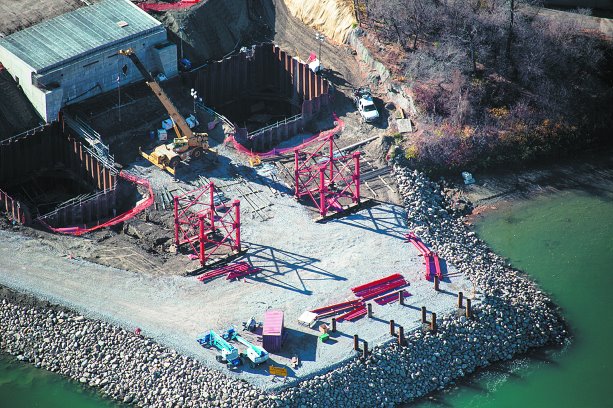
2/3
Photo: Acciona-Pacer Joint Venture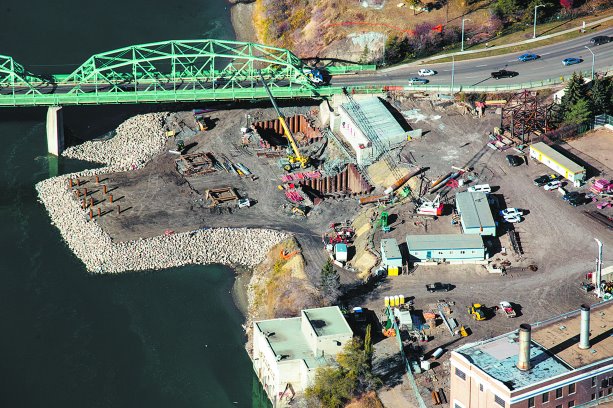
3/3
The new bridge will replace the 100-year-old structure currently crossing the river.
Photo: Acciona-Pacer Joint Venture"

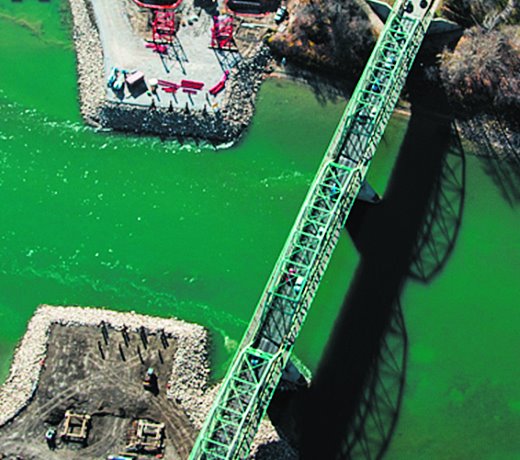
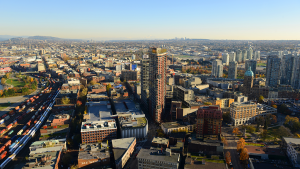







Recent Comments
comments for this post are closed